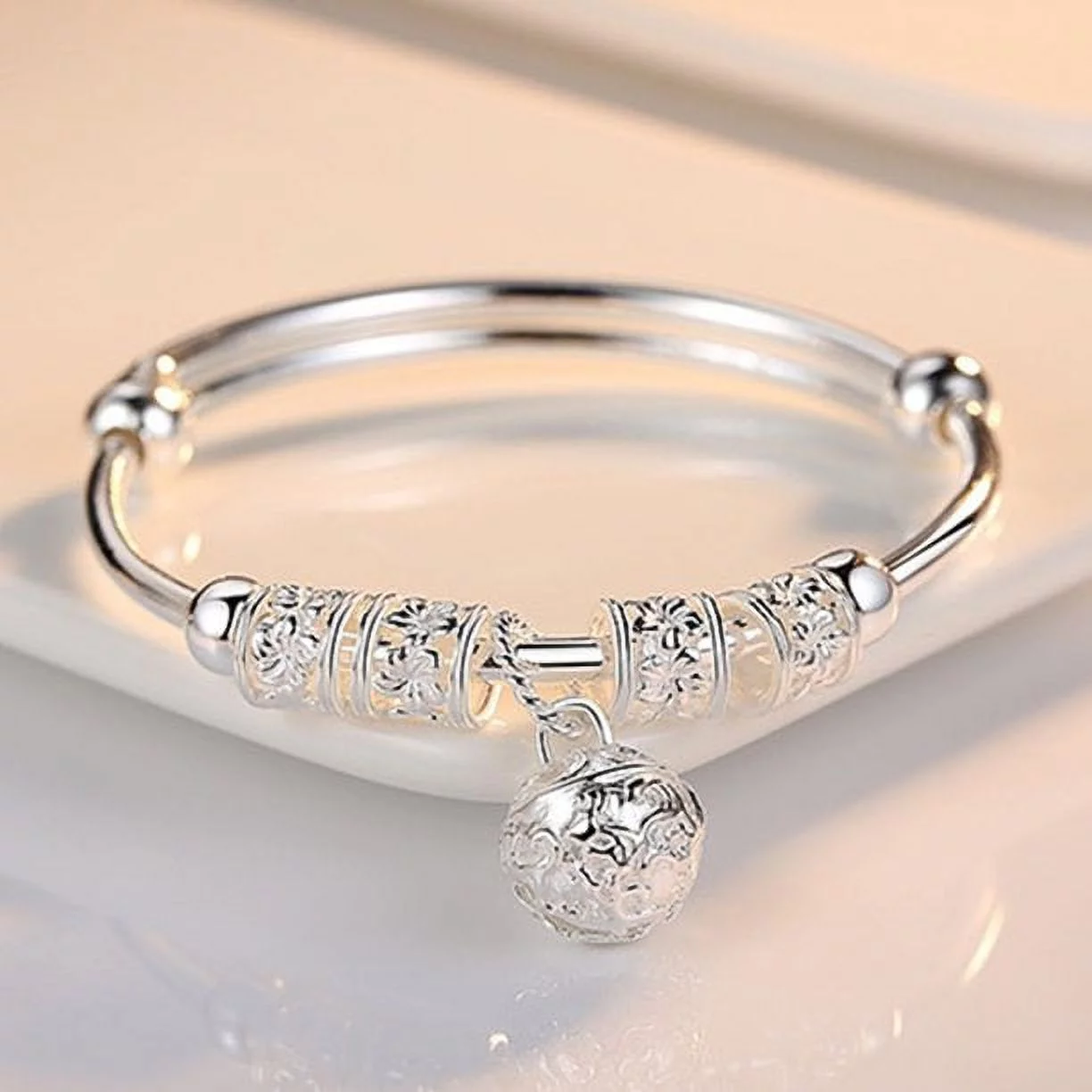
Sustainable Sparkle: How Eco-Friendly Jewelry is Changing the Industry
As environmental consciousness grows, many industries are re-evaluating their practices to align with sustainable principles, and the jewelry industry is no exception. Eco-friendly jewelry, once a niche market, has rapidly gained prominence as consumers and designers alike seek to minimize their ecological footprint while maintaining elegance and luxury. This article delves into how sustainable practices are transforming the jewelry industry and how you can make responsible choices while enjoying beautiful adornments.
#### **1. The Rise of Eco-Friendly Jewelry**
**Overview**: The movement toward eco-friendly jewelry is driven by increasing awareness of the environmental and social impacts of traditional mining practices, as well as a growing demand for transparency and ethical sourcing.
**Key Factors Driving the Trend**:
– **Ethical Sourcing**: Consumers are increasingly concerned about the origins of their jewelry. Eco-friendly brands focus on sourcing materials that are conflict-free and ethically mined.
– **Environmental Impact**: Traditional mining methods can lead to deforestation, habitat destruction, and pollution. Sustainable jewelry seeks to minimize these impacts through responsible practices and alternative sourcing.
**Why It Matters**: The shift towards eco-friendly jewelry reflects a broader commitment to sustainability and ethical practices, aligning with the values of environmentally-conscious consumers.
#### **2. Sustainable Materials and Practices**
**Overview**: Sustainable jewelry incorporates various materials and practices aimed at reducing environmental impact and promoting ethical standards. These include the use of recycled metals, lab-grown gemstones, and innovative manufacturing techniques.
**Sustainable Materials**:
– **Recycled Metals**: Many jewelers now use recycled gold, silver, and platinum, which reduces the need for new mining and lessens the environmental footprint.
– **Lab-Grown Gemstones**: Lab-created diamonds and gemstones offer a sustainable alternative to mined stones. They are chemically identical to natural stones but are produced with less environmental disruption.
– **Fair Trade Gemstones**: These stones are sourced from mines that adhere to ethical labor practices and environmental standards, ensuring fair wages and safe working conditions.
**Innovative Practices**:
– **Green Manufacturing**: Sustainable jewelry brands use eco-friendly processes, such as reducing waste, minimizing energy consumption, and using non-toxic materials.
– **Ethical Labor Practices**: Ensuring fair wages and safe working conditions for all individuals involved in the jewelry-making process is a crucial aspect of sustainability.
**Why It Matters**: Using sustainable materials and practices helps reduce the environmental and social impact of jewelry production, promoting a more responsible and ethical industry.
#### **3. The Role of Certification and Transparency**
**Overview**: Certifications and transparency play a vital role in ensuring the authenticity and ethical standards of eco-friendly jewelry. They provide consumers with the assurance that their purchases align with sustainable values.
**Key Certifications**:
– **Fair Trade**: This certification ensures that gemstones and metals are sourced from mines that adhere to fair labor practices and environmental standards.
– **Responsible Jewellery Council (RJC)**: The RJC certification verifies that a company meets rigorous standards for ethical, social, and environmental practices.
– **Certified Recycled Metals**: Certifications for recycled metals confirm that the materials have been sourced responsibly and processed in an eco-friendly manner.
**Importance of Transparency**:
– **Supply Chain Transparency**: Brands that disclose their supply chain practices allow consumers to make informed choices, knowing the origins and ethical standards of their jewelry.
– **Authenticity**: Certification ensures that eco-friendly claims are legitimate, providing peace of mind that the jewelry meets sustainability criteria.
**Why It Matters**: Certifications and transparency are crucial for maintaining trust and integrity in the eco-friendly jewelry market, ensuring that consumers can confidently support sustainable practices.
#### **4. The Impact of Eco-Friendly Jewelry on the Industry**
**Overview**: The rise of eco-friendly jewelry is influencing the industry in several significant ways, from consumer behavior to industry standards and practices.
**Industry Changes**:
– **Increased Demand**: As consumers become more environmentally conscious, the demand for eco-friendly jewelry continues to rise, encouraging more brands to adopt sustainable practices.
– **Innovation**: The push for sustainability has led to innovations in materials and manufacturing techniques, driving the development of new, eco-friendly solutions.
– **Industry Standards**: The growing presence of sustainable brands is influencing industry standards and encouraging traditional jewelers to adopt more responsible practices.
**Consumer Impact**:
– **Awareness**: Consumers are becoming more aware of the environmental and ethical implications of their purchases, leading to more informed and responsible buying decisions.
– **Support for Ethical Brands**: There is a growing preference for brands that demonstrate a commitment to sustainability, influencing market trends and driving positive change.
**Why It Matters**: The impact of eco-friendly jewelry extends beyond individual choices, shaping the industry’s future and promoting a broader shift towards sustainability.
#### **5. How to Choose Eco-Friendly Jewelry**
**Overview**: Selecting eco-friendly jewelry involves making informed choices about materials, brands, and certifications to ensure that your purchases align with sustainable values.
**Tips for Choosing**:
– **Research Brands**: Look for brands that are committed to sustainability and have transparent practices. Check for certifications and ethical sourcing.
– **Prioritize Recycled and Lab-Grown Materials**: Opt for jewelry made from recycled metals and lab-grown gemstones to minimize environmental impact.
– **Support Fair Trade**: Choose pieces that are certified Fair Trade to ensure that the gemstones are sourced ethically and that workers are treated fairly.
**Why It Matters**: Making conscious choices in jewelry purchases helps support the growth of the sustainable jewelry market and promotes positive environmental and social practices.
### **Conclusion**
Sustainable jewelry represents a significant shift in the industry, aligning luxury with responsibility. By embracing eco-friendly materials, supporting ethical practices, and choosing certified brands, consumers can enjoy beautiful jewelry that reflects their commitment to sustainability. As the industry continues to evolve, eco-friendly practices will play an increasingly important role in shaping a more responsible and innovative future for jewelry. Whether you’re adding to your collection or making a new purchase, choosing sustainable jewelry ensures that your style is as conscientious as it is elegant.